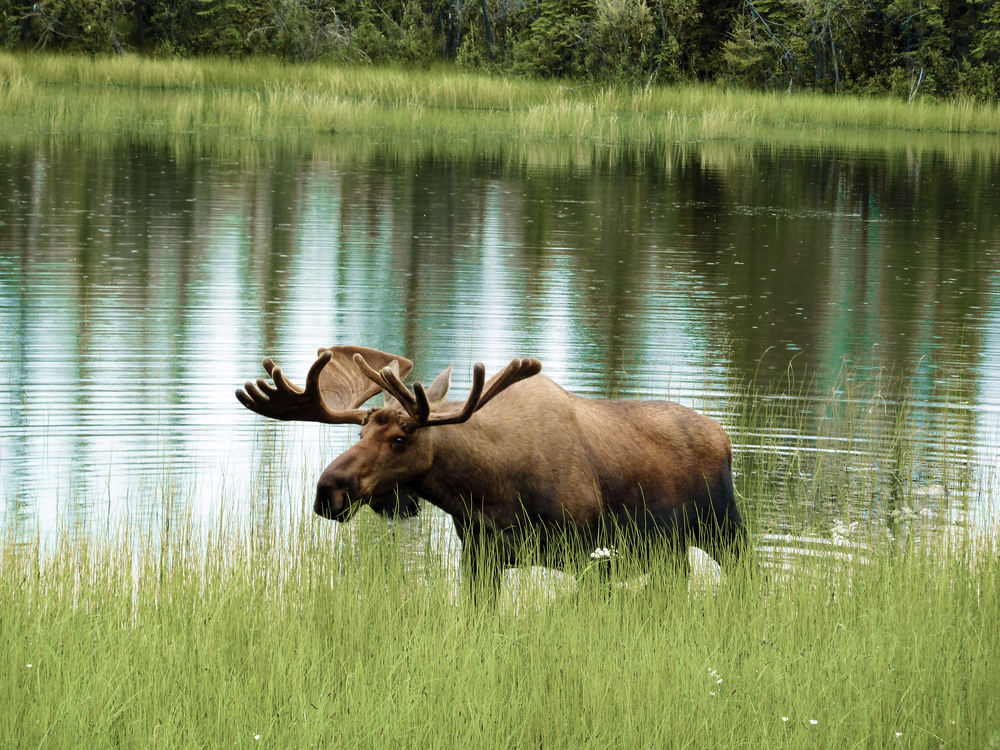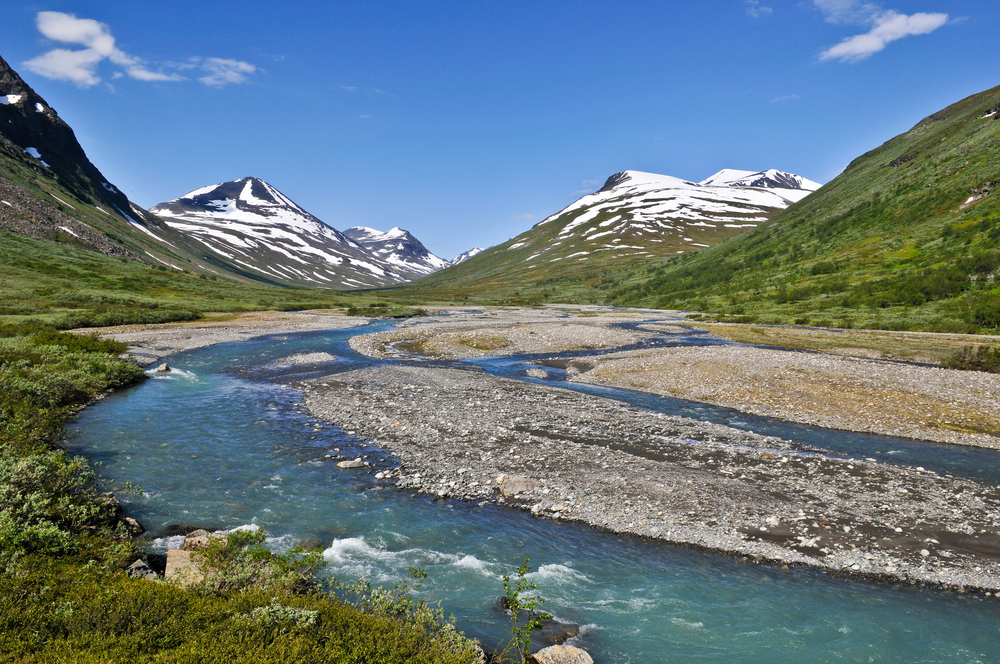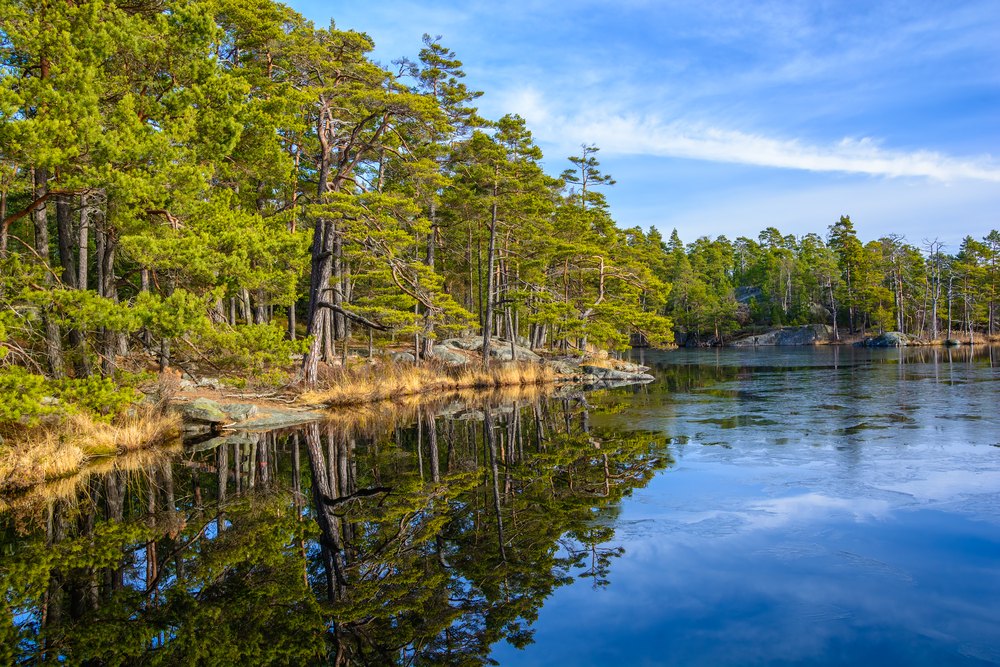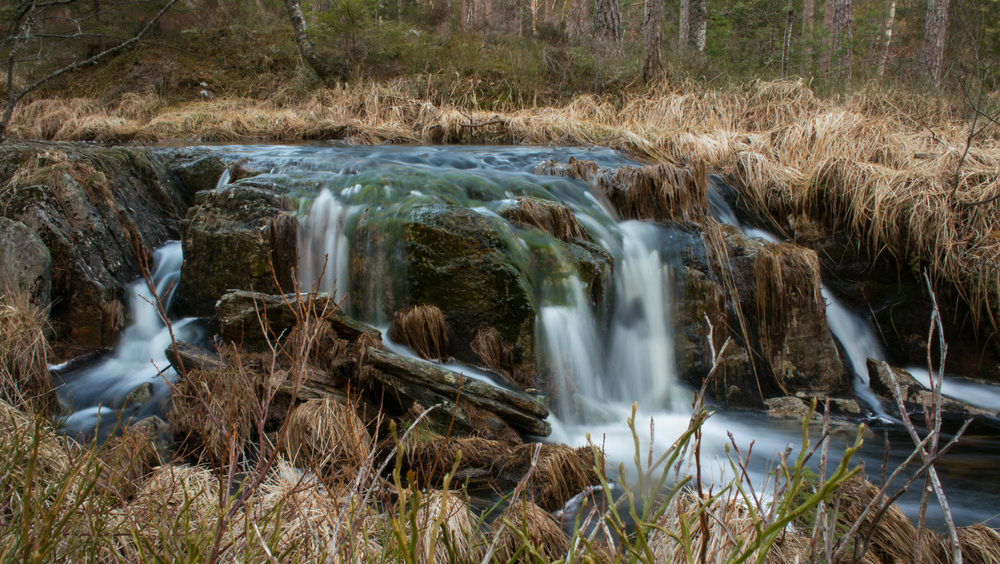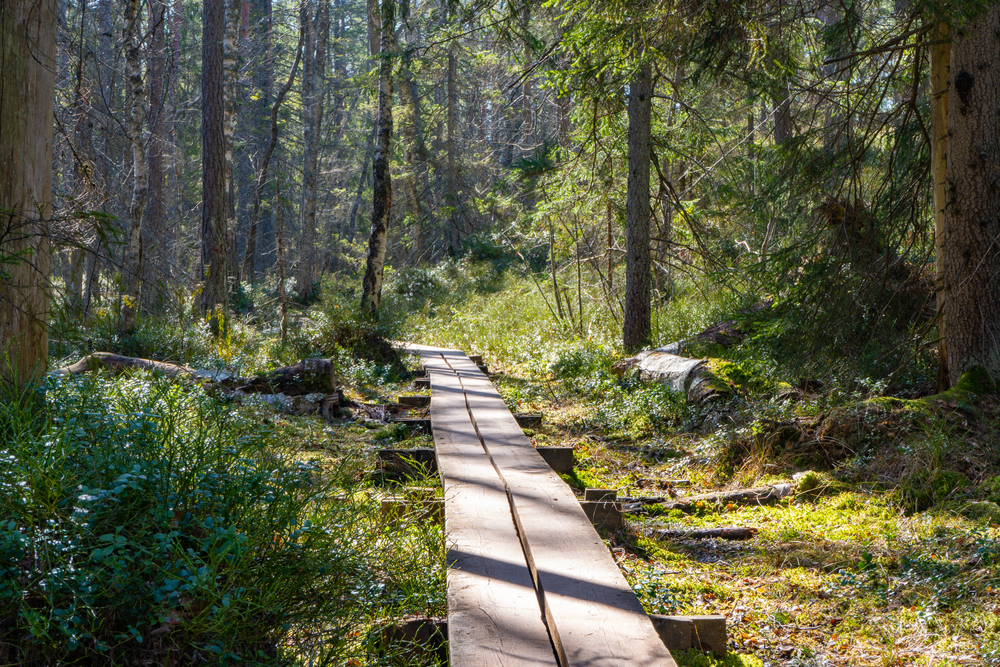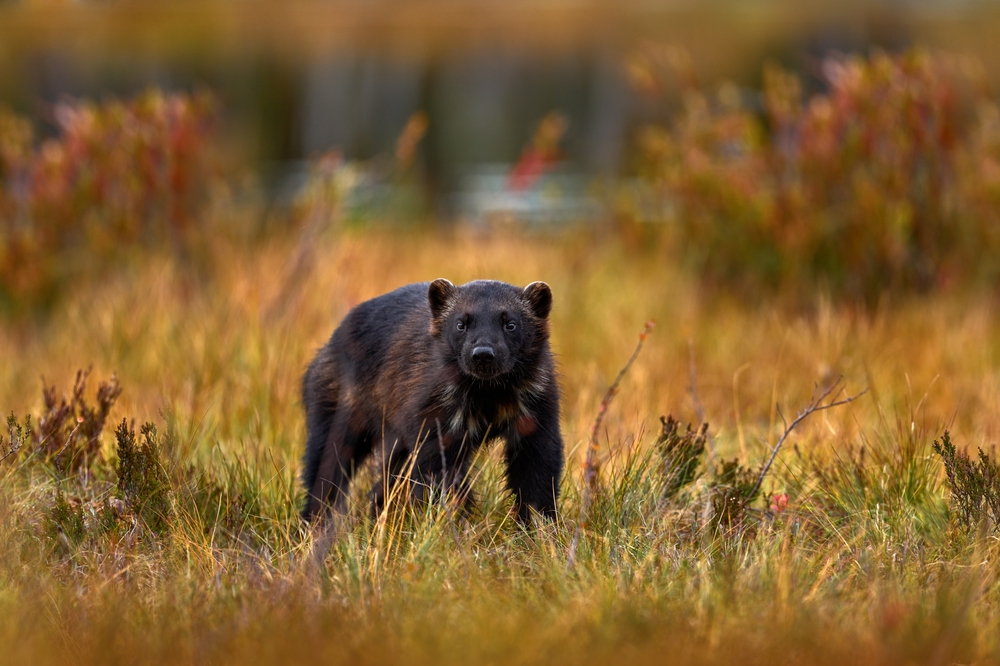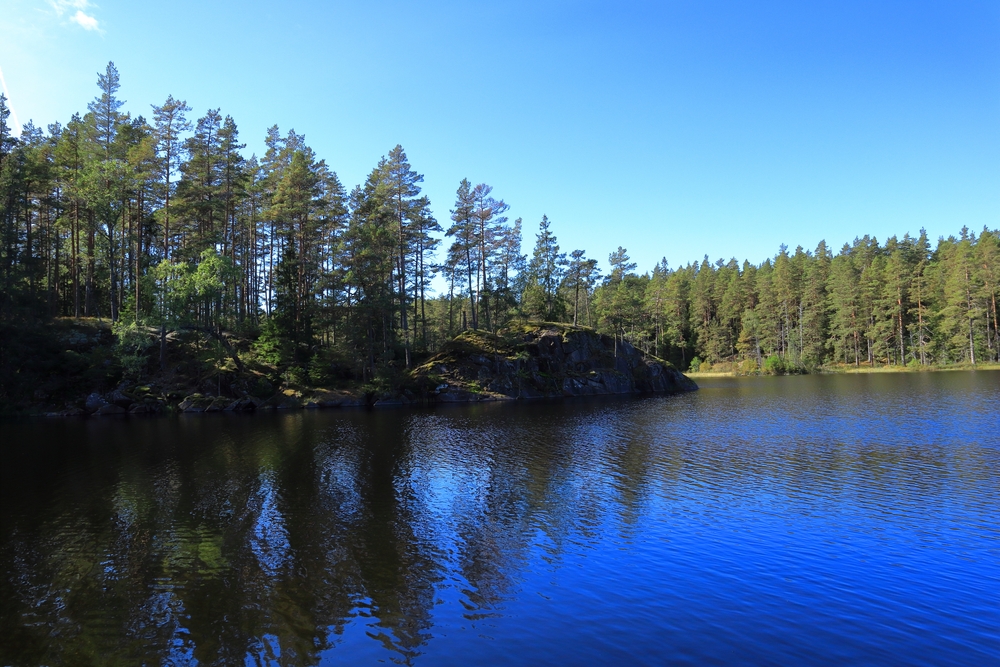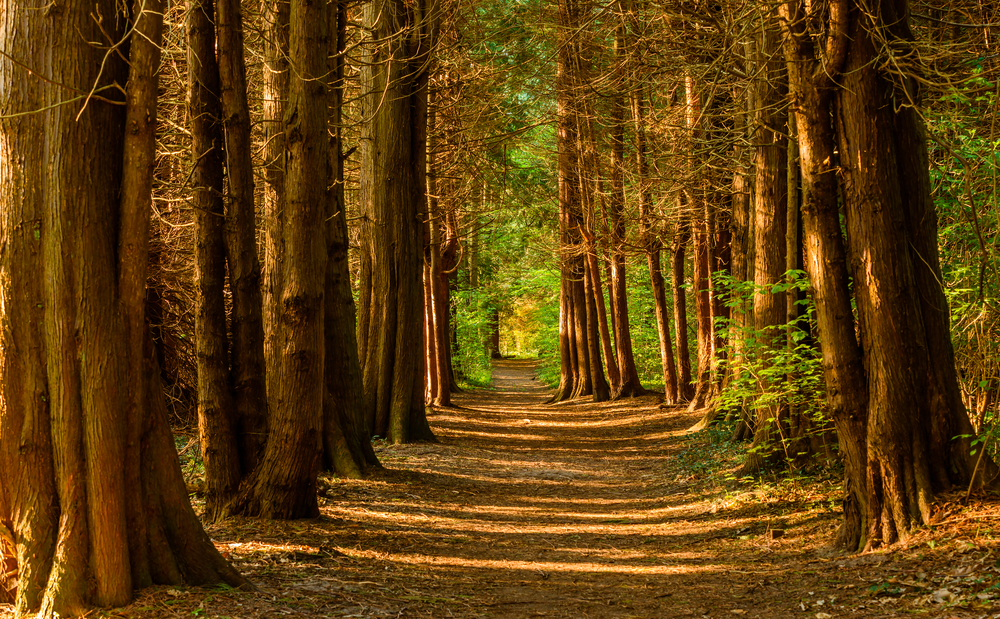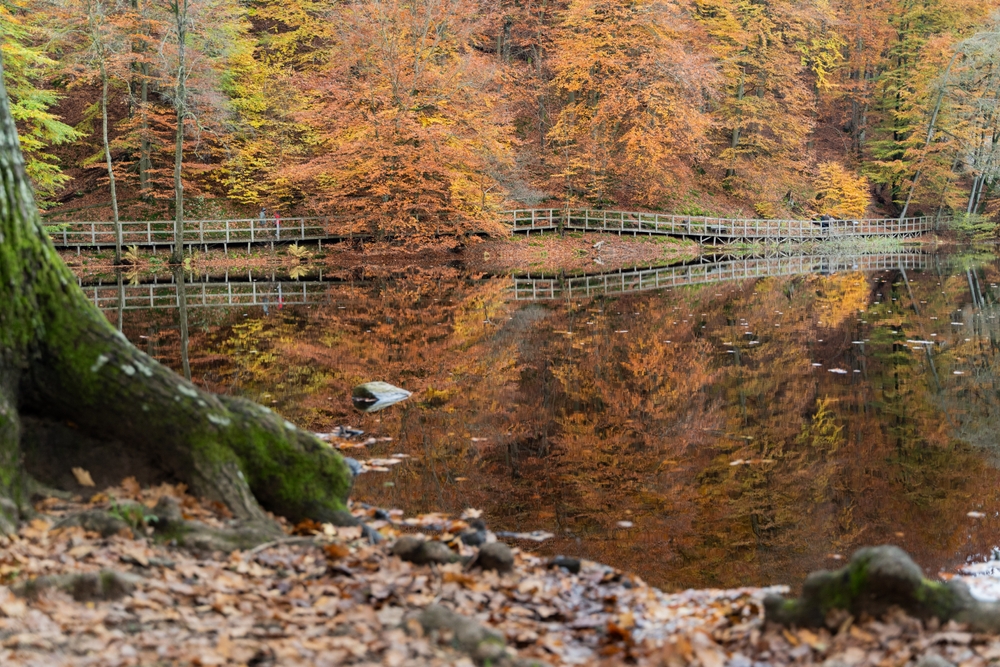Vadvetjakka Overview
Vadvetjåkka National Park, known as Vadvetjåhkka in the local Sámi language, is Sweden’s northernmost national park, located in Norrbotten County near the border with Norway.
The park spans approximately 10 square miles (26 square kilometers) and is one of the least accessible protected areas in the country. Established in 1920, Vadvetjåkka National Park was created to preserve the unique high-alpine environment, wetlands, and lush mountain birch forests.
Due to its remote nature and challenging terrain, the park remains largely untouched by human development, making it a pristine wilderness destination for those seeking solitude and unspoiled natural beauty.
The park’s landscape is characterized by rugged mountain terrain, glacial formations, and vast mires. The most prominent geographic feature is Vadvetjåkka Mountain, which rises to an elevation of approximately 1,250 meters (4,100 feet) above sea level.
The park also contains caves formed by limestone erosion, which are some of the few notable cave systems in Sweden. These caves add to the mystique of the area, though they are difficult to access due to the park’s remote location. Wetlands and alpine meadows stretch across the park, providing a contrast to the imposing mountain ridges.
The combination of high precipitation and cool temperatures results in a lush landscape, with vibrant mosses, lichens, and dwarf shrubs covering much of the ground. The mountain birch forest dominates the lower elevations, transitioning into tundra vegetation at higher altitudes.
Vadvetjåkka National Park provides habitat for a range of wildlife, including some of Sweden’s most elusive species. Among the larger mammals, visitors may spot moose roaming the wetlands, while wolverines and arctic foxes inhabit the higher elevations.
The park is also home to reindeer, which are an essential part of the culture and livelihood of the indigenous Sámi people. These animals migrate through the park, grazing in the alpine meadows. Birdlife in Vadvetjåkka is particularly rich, with species such as the golden eagle, gyrfalcon, and rough-legged buzzard soaring above the rugged cliffs.
The wetlands and lakes attract waders and waterfowl, including the red-throated loon and whooper swan, which find nesting sites in the secluded marshes.
Despite its remote nature, Vadvetjåkka National Park holds appeal for adventurous visitors seeking an untouched wilderness experience. Hiking is the primary way to explore the park, though there are no marked trails or infrastructure, making navigation challenging.
Experienced trekkers who enter the park must be self-sufficient, prepared for difficult terrain, and equipped for unpredictable weather. The caves within the park are of interest to geologists and spelunkers, though their exploration requires expertise.
Birdwatchers and wildlife enthusiasts visit Vadvetjåkka to catch a glimpse of its rare and elusive species in a setting that remains virtually undisturbed by human activity.
Conservation efforts in Vadvetjåkka focus on preserving its delicate alpine and wetland ecosystems. The park’s inaccessibility has helped protect it from excessive tourism, logging, and industrial development, but climate change poses an increasing threat to its fragile environment.
The warming climate impacts the alpine tundra, alters the habitat of key species, and influences the permafrost-dependent ecosystems. Conservationists continue to monitor these changes while advocating for policies that mitigate the impact of climate change.








































































